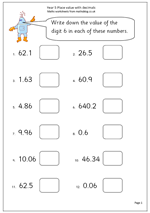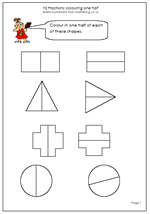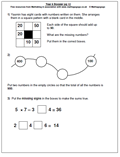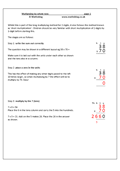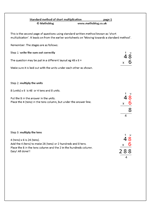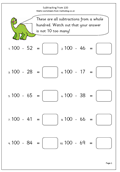 Here is a maths worksheet on using mental arithmetic to subtract from 100. This is probably the type of calculation we do more than any other, especially when working out change from £1.00. There are several processes or ways to do these.
Here is a maths worksheet on using mental arithmetic to subtract from 100. This is probably the type of calculation we do more than any other, especially when working out change from £1.00. There are several processes or ways to do these.
Let’s look at an example: 100 – 47.
One way is to add on 3 to make 50 then 50 to make 100: add the 50 and the 3 to make 53.
Another way is to add 50 to make 97 then count on 3 to make 100.
Watch out for the very common error that children make which is adding 3 to the 7 and adding 60 to the 40 and coming up with the answer 64!
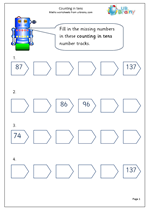
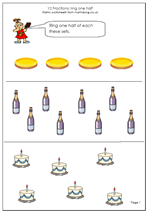
 Look out for some great free maths worksheets next week. We have a wide selection of pages coming, ranging from some early years fractions to square numbers and multiplying decimals. If that’s not enough why not try some mental arithmetic in the form of counting in tens or subtracting from 100? We have well over 500 free maths worksheets now, as well as some great maths games for the early years. make sure that you have us on your bookmarks and don’t forget to tell your friends!
Look out for some great free maths worksheets next week. We have a wide selection of pages coming, ranging from some early years fractions to square numbers and multiplying decimals. If that’s not enough why not try some mental arithmetic in the form of counting in tens or subtracting from 100? We have well over 500 free maths worksheets now, as well as some great maths games for the early years. make sure that you have us on your bookmarks and don’t forget to tell your friends!